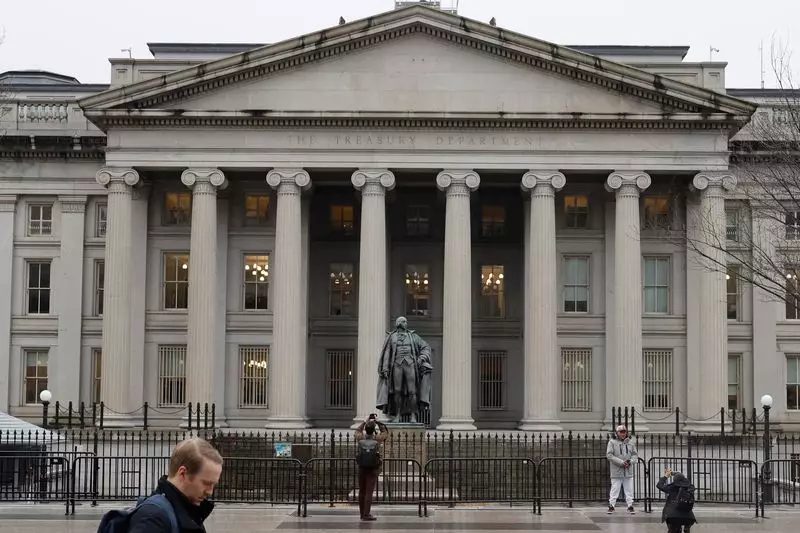As the 2024 fiscal year approaches, discussions surrounding the vast $6.8 trillion federal budget are intensifying. Despite mounting pressures from various stakeholders to reign in spending, experts suggest that substantial cuts remain improbable due to entrenched structural challenges and political dynamics. This resistance reflects broader concerns about the impact such reductions might have on vital programs that support millions of Americans.
A considerable portion of the federal budget—approximately $4.1 trillion—falls under mandatory spending which includes essential programs like Social Security and Medicare. The enormity of these expenditures indicates their significance in supporting the aging population and maintaining basic health care standards. Economists, including those from Wells Fargo, have emphasized the political risks associated with cutting these benefits; altering or reducing support for senior citizens is a contentious topic that could provoke public backlash. Specifically, Social Security expenses alone accounted for approximately $1.4 trillion, while Medicare costs hit around $900 billion. The substantial expenditures on Medicaid and various mandatory programs, including veteran benefits, further extend the financial obligations of the federal government.
The national debt continues to be a critical concern within the fiscal discourse, with interest payments alone consuming about $950 billion of the federal budget. This figure poses a formidable challenge, as reducing interest payments is not feasible without courting a financial crisis or undermining investor confidence. The importance of maintaining a stable and reliable national credit profile can often supersede the desire for increased fiscal austerity.
Discretionary spending, which amounts to $1.8 trillion, appears to offer limited avenues for cost-cutting. Within this category, defense expenditures comprise nearly half—an allocation that has reached a historical low of 3% of GDP in a post-Cold War context. Given current geopolitical tensions, significant cuts to the Pentagon’s budget seem unlikely. Moreover, non-defense discretionary spending—which funds entities such as NASA and border security—is already operating at near-historical lows. Even federal employee compensation, accounting for less than 6% of overall spending, presents minimal opportunities for major reductions, particularly since a substantial portion of the workforce is invested in sectors like defense and homeland security.
The landscape for federal spending adjustments is profoundly shaped by the political arena, complicating any attempts at reform. Significant changes would necessitate extensive congressional collaboration, typically requiring a formidable 60 votes in the Senate. While the executive branch may adjust certain policies, the resulting financial savings would likely be eclipsed by the staggering projected $26 trillion deficit over the next ten years.
While some marginal reductions in federal spending and staffing may be on the horizon in the near term, substantial and meaningful cuts that impact overall fiscal policy remain unlikely. The structural and political obstacles inherent in the current budgetary framework present a complex challenge for policymakers attempting to navigate these tumultuous waters.

